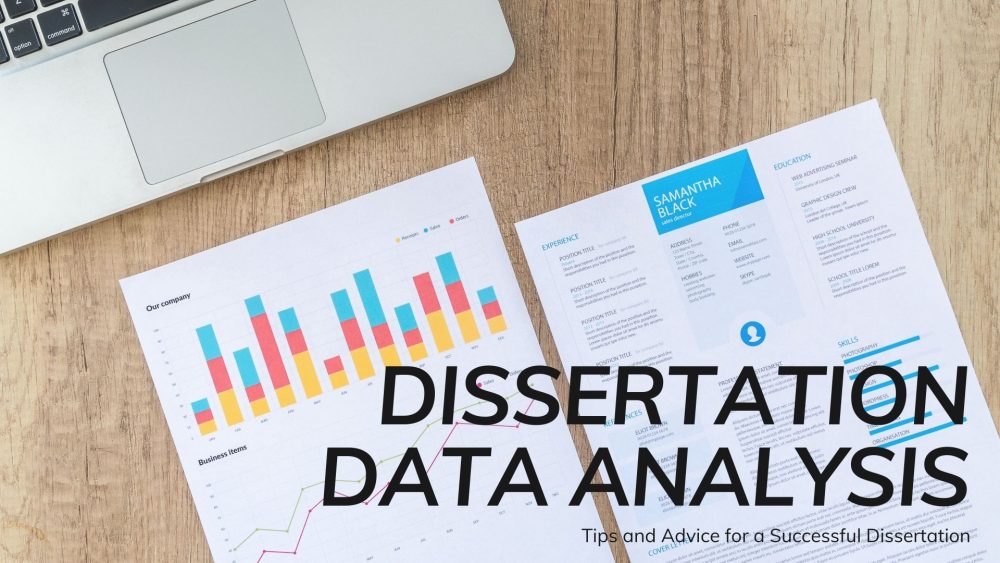Writing A Dissertation Results Section
 Writing a Dissertation Results Section begins once you have gathered and examined your data. This part highlights the essential discoveries of your study and offers a brief overview of how they correspond to your research inquiries. The format and details of this section will vary based on the research approach employed. Certain types of research, such as desk research, do not require the inclusion of a separate results chapter since they focus on the interpretation and analysis of texts or case studies. However, most dissertations based on primary data collection or experimental research should have a section that reports the study’s results before moving on to discuss their meaning. This will enable the reader to know exactly what you found in your research. The chapter should be written in the past tense, and its length will depend on the amount of data collected and analyzed. Make sure all the information you include in this part is relevant to your research questions and problem.
Writing a Dissertation Results Section begins once you have gathered and examined your data. This part highlights the essential discoveries of your study and offers a brief overview of how they correspond to your research inquiries. The format and details of this section will vary based on the research approach employed. Certain types of research, such as desk research, do not require the inclusion of a separate results chapter since they focus on the interpretation and analysis of texts or case studies. However, most dissertations based on primary data collection or experimental research should have a section that reports the study’s results before moving on to discuss their meaning. This will enable the reader to know exactly what you found in your research. The chapter should be written in the past tense, and its length will depend on the amount of data collected and analyzed. Make sure all the information you include in this part is relevant to your research questions and problem.
Results Of Quantitative Research
 The easiest way to report quantitative research results is by framing them around any formulated hypotheses or research sub-questions. Present your findings for each sub-question, including the statistical analysis you did, and give a brief evaluation of their relevance and reliability in this chapter.
The easiest way to report quantitative research results is by framing them around any formulated hypotheses or research sub-questions. Present your findings for each sub-question, including the statistical analysis you did, and give a brief evaluation of their relevance and reliability in this chapter.
You should also observe the relations between the results and research questions and state if the hypotheses were supported. It is also good to mention the most important relationships, trends, and differences among the collected data. Ensure you avoid speculating on the meaning or consequences of the results because they will be highlighted in the discussion and conclusion chapters. Results that are not directly relevant to your problem or provide extra information to enable the reader to understand how you gathered data should be included in the appendix.
Visual elements such as tables, graphs, and charts should be part of this section if they add value to your findings. Refer to all the tables and figures in the paper without repeating information. Tables and graphs should illustrate a trend in the data, while the texts elaborate on specific elements. To ensure the reader understands what you are trying to show, you should give your figures and tables clear titles and labels.
Results Of Qualitative Research
 The results in this type of research are not directly related to the hypotheses or research sub-question. Instead, they are structured around key themes that emerged from your data analysis.
The results in this type of research are not directly related to the hypotheses or research sub-question. Instead, they are structured around key themes that emerged from your data analysis.
You should make overall observations about what the data demonstrated for each topic. If possible, mention recurring agreement and disagreement points, trends, individual responses, and patterns relevant to your research question. It would help if you used direct quotations to clarify these points. Further information such as transcripts of the interviews you conducted should be put in the appendix.
Writing A Dissertation Results Section
In conclusion, the results part should objectively report the research’s findings and present brief observations regarding each topic or sub-question. It should not answer your primary research question or speculate what the results mean. Avoid subjective words like “suggests” and “implies” as they will be appropriate for the discussion section, where you will give a detailed interpretation of the findings and their implications.

